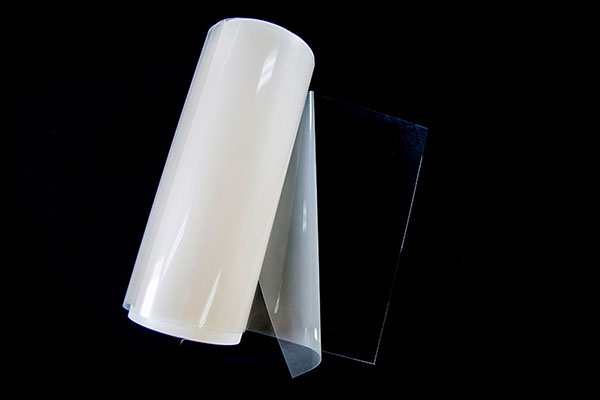Product Introduction Of Mixed Anion Exchange Membrane:
The Proton exchange membrane we produce is a high-performance product designed specifically for all-vanadium redox flow batteries. By adding special materials during the casting process, the strength, moisture retention and vanadium resistance of the Proton exchange membrane are enhanced. Through special design, the Proton exchange membrane we produce can effectively reduce the cross contamination of vanadium ions and ensure the long-term operation and stable performance of the battery.
Product Advantages Of Perfluorosulfonic PEM:
During the research and development process, the Mixed anion exchange membrane we produce accurately transformed the shortcomings of traditional Nafion membrane in vanadium ion barrier. By using fluorinated amphiphilic block copolymers (FBCs) and polyacid nanoclusters (POMs), we effectively improved the comprehensive performance of the Mixed anion exchange membrane through precise control at the molecular scale.
Thickness And Basis Weight Properties:
| Membrane Type | Thickness(microns)(um) | Weight(g/m²) |
| PXHY/VA-51-T01 | 51 | 102 |
Physical And Other Properties:
| Physicaland Other Properties | Typical Value | Test Method |
| Tensile Test (23℃,50%RH) | ||
| Tensile Strength(MPa) | ≥30 | GB/T 20042.3-2022 |
| Tensile Modulus(MPa) | ≥400 | GB/T 20042.3-2022 |
| Elongation at break(%) | ≥120 | GB/T 20042.3-2022 |
| Specific Gravity | 1.97 | |
| Other Properties | Index Parameters | Test Method |
| Conductivity(S/cm) | ≥0.100 | GB/T 20042.3-2022 |
| Acid Capacity(meq/g) | 1.00±0.05 | GB/T 20042.3-2022 |
Hydrolytic Propertie:
| Hydrolytic Properties | Index Parameters | Test Method |
| Water Content(%) | 5.0±3.0 | GB/T 20042.3-2022 |
| Water Uptake(%) | 50.0±5.0 | GB/T 20042.3-2022 |
| Thickness Swelling Rate at 23℃,50% RH (% increase) | ||
| water soaked at 23℃ 50% RH | ≤5 | GB/T 20042.3-2022 |
| water soaked at 100℃ 50% RH | ≤15 | GB/T 20042.3-2022 |
| Linear Expansion at 23℃,50% RH (% increase) | ||
| water soaked at 23℃ 50% RH | ≤5 | GB/T 20042.3-2022 |
| water soaked at 100℃ 50% RH | ≤18 | GB/T 20042.3-2022 |

Perfluorosulfonic PEM precautions:
Users of Perfluorosulfonic PEM should store the membrane material strictly according to the storage conditions recommended by the manufacturer to ensure that the performance of Perfluorosulfonic PEM is not damaged.
Although the mixed anion exchange membrane has high mechanical strength, it still needs to be carefully operated during the assembly process to avoid puncture, tearing or excessive stretching, which may lead to reduced performance or shortened life of the mixed anion exchange membrane.
During the use of Proton exchange membrane, the Proton exchange membrane should strictly avoid direct contact with pollutants such as oil, dust, etc. These pollutants may block ion channels or affect the surface properties of the membrane, thereby reducing the efficiency of the Proton exchange membrane.
Notes Of Perfluorosulfonic PEM:
Perfluorosulfonic PEM measurements were performed after 24 hours at 23°C and 50% RH.
Conductivity measurements at 23°C and 100% RH.
The equivalent weight of sulfonic acid groups in the resin was measured by base titration and the acid capacity or equivalent weight of the membrane was calculated using this measurement.
Water content of the membrane at 23°C and 50% RH (dry weight basis).
Water uptake of the dry membrane after 1 hour at 100°C (dry weight basis).